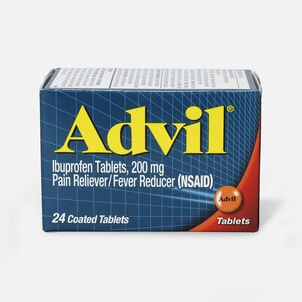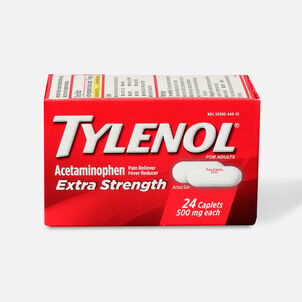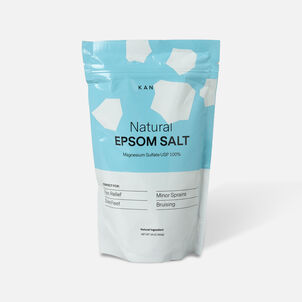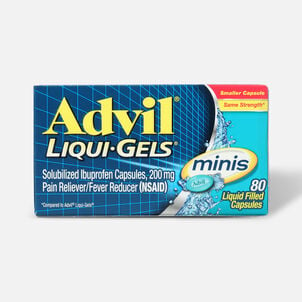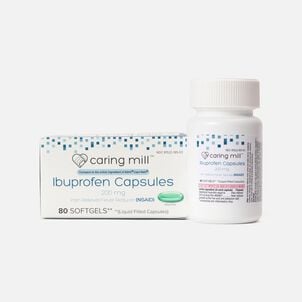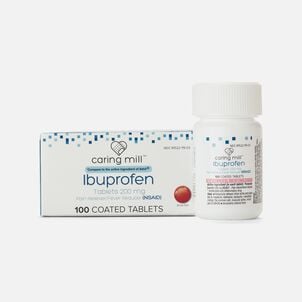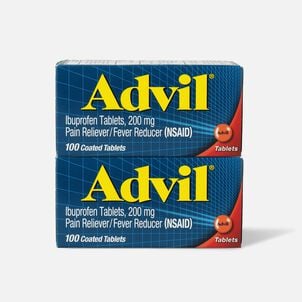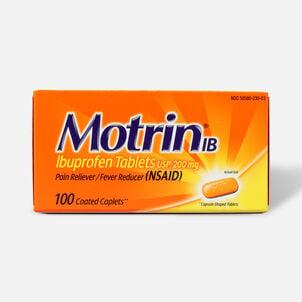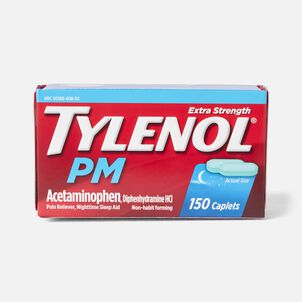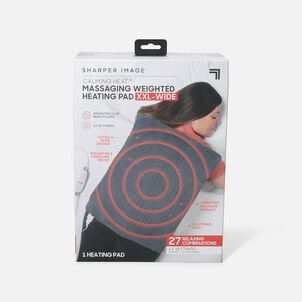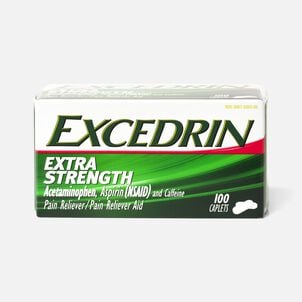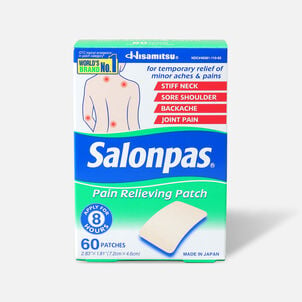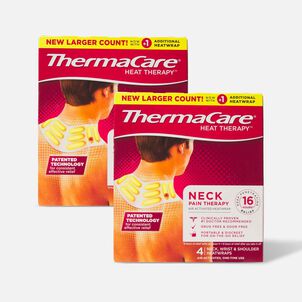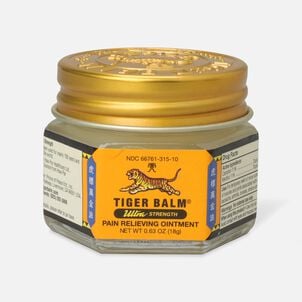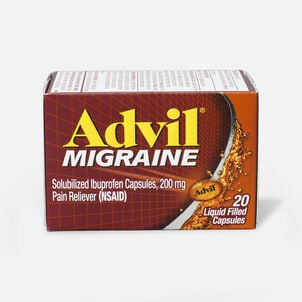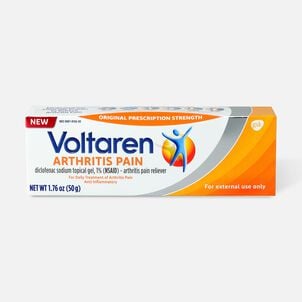The Complete FSA Eligibility List
Here it is — the most-comprehensive eligibility list available on the web. From A to Z, items and services deemed eligible for tax-free spending with your Flexible Spending Account (FSA), Health Savings Account (HSA), Health Reimbursement Arrangement (HRA) and more will be here, complete with details and requirements. Important Reminder: FSAs, HRAs and other account types listed may not all be the same. Be sure to check with your administrator to confirm if something is eligible before making a purchase.
Here it is — the most-comprehensive eligibility list available on the web. From A to Z, items and services deemed eligible for tax-free spending with your Flexible Spending Account (FSA), Health Savings Account (HSA), Health Reimbursement Arrangement (HRA) and more will be here, complete with details and requirements. Important Reminder: FSAs, HRAs and other account types listed may not all be the same. Be sure to check with your administrator to confirm if something is eligible before making a purchase.
Muscle pain relievers: FSA Eligibility
Muscle pain relievers: eligible with a Flexible Spending Account (FSA)FSA Eligible Pain Relief
What are muscle pain relievers?
Muscle pain relievers are medical products that treat muscle pain. The most common muscle pain relievers are liniments and hot/cold therapy.
Liniments are topical skin applications which are usually a little less viscous than lotions. They are also called balms or heat rubs, and are useful on muscle pain, soreness, and arthritis. Liniments produce a feeling of warmth in a particular spot. Liniments are sold as popular brands such as Tiger Balm. Liniments are Over-the-Counter (OTC) products that require a prescription in order to be considered eligible for reimbursement with a consumer-directed healthcare account (WebMD).
Trolamine salicylate is another topical skin application that is absorbed through the skin and reduces the acidity of salicylic acid, which delays and reduces the intensity of muscle soreness onset. Trolamine salicylate is an Over-the-Counter (OTC) topical analgesic and it requires a prescription in order to be considered eligible for reimbursement with a consumer-directed healthcare plan.
Hot and cold packs are another method for relieving muscle pain. Hot and cold packs are reusable packs that can be held against a muscle or joint to deal with swelling, pain, or soreness. The pack can either be heated in the microwave at home or chilled in the fridge or freezer.
How are cold packs used to treat injuries?
Cold packs are a mainstay in countless American homes to treat both major and minor muscle/joint injuries when they arise, as they are one of the most effective means available of reducing inflammation around an injured body part. From traditional ice placed in plastic bags to ready-made packs placed in the freezer to devices that are designed ergonomically to fit specific body parts, cold packs can be found in styles to suit just about any type of stress or strain injury. In addition to reducing swelling and pain, cold therapy can help to limit the amount of bruising by lessening blood flow to the affected area, thereby restricting internal bleeding and the overall size of the bruise.
Cold packs are a means of applying cold therapy (also known as cryotherapy), a method of treating muscle or joint injuries with the direct application of ice or a frozen gel pack. These devices are invaluable for their ability to reduce bleeding in muscle tissues to control swelling and the duration of bruising. Additionally, cold packs can alleviate muscle pain and spasms, as well as slowly numb the area to cut down on inflammation. Cold packs should be applied to the affected area for 24 to 48 hours after the injury has taken place, and to avoid damaging the skin, these cold packs should only be kept on the skin for 20 minutes at a time (Healthline).
What is contrast therapy?
In addition to being a stand-alone treatment, cold therapy can also be used in tandem with heating pads/packs to treat muscle/joint injuries in a process called contrast therapy. The best way to illustrate this is by looking at hot and cold packs as a pump: heat therapy will dilate blood vessels to increase blood flow of nutrient-rich blood, while cold therapy will constrict blood vessels and allow them to soak up as many nutrients as possible, thereby speeding the healing process. A cold-to-warm ratio of 1:3 or 1:4 minutes is ideal, and in many cases this method has sped recovery times for injured individuals (PainScience.com).



